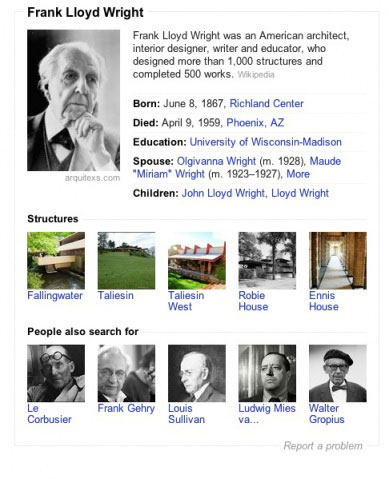Wikipedia has been around for quite some time. If you aren’t familiar, “Wikipedia is written collaboratively by largely anonymous Internet volunteers who write without pay. Anyone with Internet access can write and make changes to Wikipedia articles (except in certain cases where editing is restricted to prevent disruption or vandalism). Users can contribute anonymously, under a pseudonym, or with their real identity, if they choose.” – Wikipedia.
 Until now, we haven’t really pushed for our doctor clients to participate in Wikipedia. We have focused more on organic search optimization, getting directory listings corrected, and keyword campaigns. Trust me when I tell you that this works! However, the 800 lb. gorilla known to others as Google, has once again changed the game.
Until now, we haven’t really pushed for our doctor clients to participate in Wikipedia. We have focused more on organic search optimization, getting directory listings corrected, and keyword campaigns. Trust me when I tell you that this works! However, the 800 lb. gorilla known to others as Google, has once again changed the game.
Enter Google’s newest and most ambitious update to its search engine. Knowledge Graph – The Knowledge Graph database has access to information on about 500 million people, places and things. More importantly, it also indexes over 3.5 billion defining attributes and connections between these items. You may have noticed the “search to string” methodology used today on Google. Basically this is the auto-complete function that you see as you start to type search terms into a Google search. Knowledge Graph takes that a step further, and populates what it thinks you are looking for in a box on the right hand side. This information is pulled from other sources around the web as well. Including Wikipedia, yep, there’s the tie in. Take a look at the images to the right. See the data pulled right from Wikipedia? So when someone searches for your name, the information in that box should be yours, my doctor friend. That is why you need a Wikipedia page. Today. Questions? Don’t know where to start? Don’t have time to chase Google around? That’s why we’re here. Drop us a line we can help.
Google made a video with a more in depth explanation of Knowledge Graph. Take a look.
